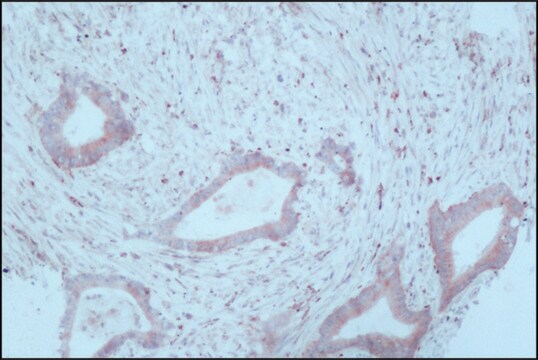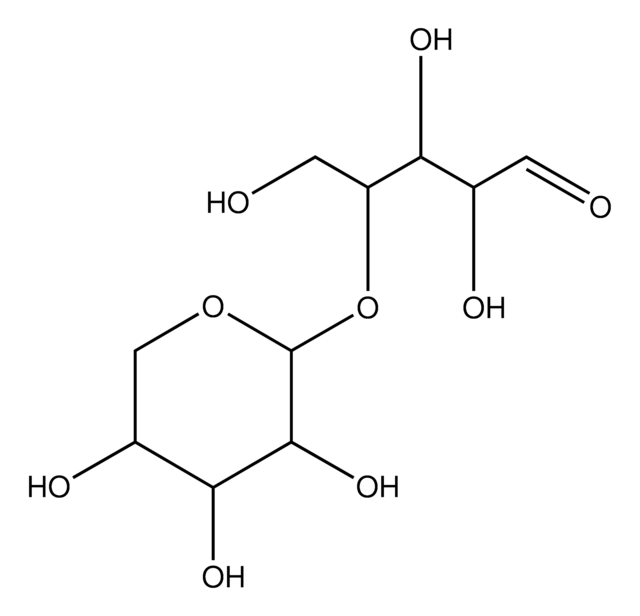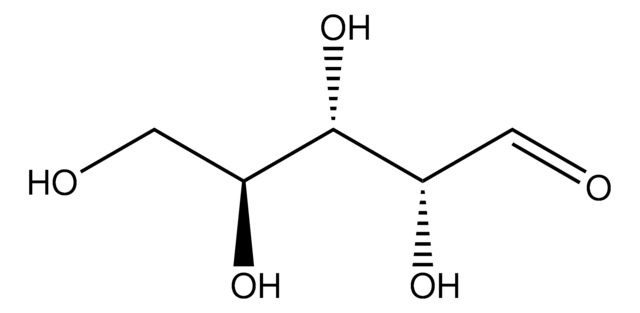X1500
D-(+)-Xylose
≥99% (GC)
About This Item
Produits recommandés
Source biologique
cell culture
Niveau de qualité
Pureté
≥99% (GC)
Forme
powder
Activité optique
[α]20/D 18.2 to 19.4 °, c = 4% (w/v) in water
Technique(s)
gas chromatography (GC): suitable
Couleur
white
Plage de pH utile
6.0-6.5 (20 °C, 100 g/L)
Pf
154-158 °C (lit.)
Solubilité
water: 50 mg/mL, clear, colorless
Température de stockage
room temp
Chaîne SMILES
O[C@@H]1COC(O)[C@H](O)[C@H]1O
InChI
1S/C5H10O5/c6-2-1-10-5(9)4(8)3(2)7/h2-9H,1H2/t2-,3+,4-,5?/m1/s1
Clé InChI
SRBFZHDQGSBBOR-IOVATXLUSA-N
Vous recherchez des produits similaires ? Visite Guide de comparaison des produits
Description générale
Application
- as one of the component to stimulate microbial activity
- for the enhancement of biofilm formation
- as a part of biochemical tests for the identification of B. cereus group
- for substrate screening characterization
Actions biochimiques/physiologiques
Qualité
Autres remarques
Code de la classe de stockage
11 - Combustible Solids
Classe de danger pour l'eau (WGK)
WGK 1
Point d'éclair (°F)
Not applicable
Point d'éclair (°C)
Not applicable
Équipement de protection individuelle
Eyeshields, Gloves, type N95 (US)
Faites votre choix parmi les versions les plus récentes :
Déjà en possession de ce produit ?
Retrouvez la documentation relative aux produits que vous avez récemment achetés dans la Bibliothèque de documents.
Les clients ont également consulté
Notre équipe de scientifiques dispose d'une expérience dans tous les secteurs de la recherche, notamment en sciences de la vie, science des matériaux, synthèse chimique, chromatographie, analyse et dans de nombreux autres domaines..
Contacter notre Service technique







